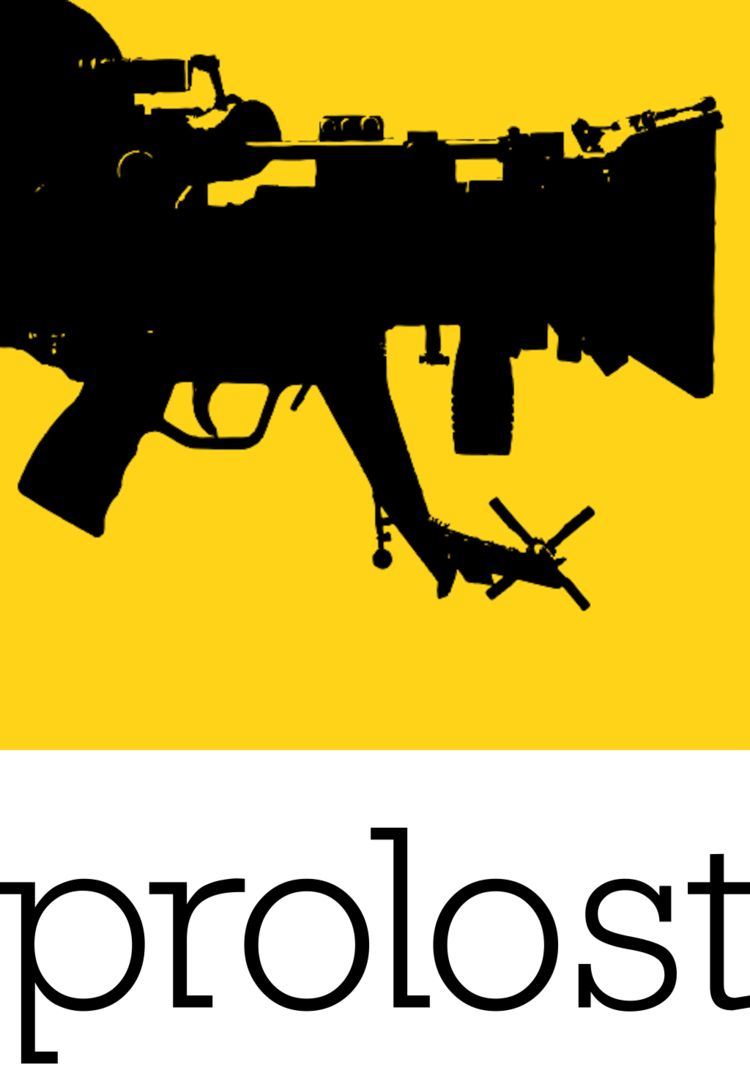UPDATE: This article contains some out-of-date information. See follow-ups here and here.
Here’s something I wish I had when I did my test shoot with the Canon 5D Mark II: advanced Picture Styles that help reduce the movie mode’s nasty crushed blacks.
The precipitous drop to detail-free (and therefore easy-to-compress) black that characterizes the 5D’s movies is one of the agonizing limitations of the camera that can actually be fixed now. As commenters on my previous post noted, Canon SLRs come with software called Picture Style Editor, and with it you can do even more than you can with the camera’s menus to create customized “Picture Styles,” which are color correction presets that affect JPEGs and, yes, movies created in the camera.
Ben Syverson, creator of DV Garage’s DV Matte and co-creator of Conduit, offered to share his presets with us. Ben describes the process of creating and using these Picture Styles:
The first image was shot with the default “Standard” picture style. All were shot with the same exposure settings.
I’ve attached three Picture Styles. They all feature a sort of secondary color correction to target the blacks and bring them up a little bit. The video mode seems to take the current picture style and then crush the blacks, so this is an attempt to compensate for that a little.
This style creates a slight reverse S-curve to bring down contrast. This should be good as a general purpose picture style.
This style creates a stronger reverse S-curve to combat higher contrast situations. Use with caution, because it can flatten out midtones too much.
I’m still playing with this one, but it’s an attempt to mimic the look and feel of overexposed color negative film. Compensate for its higher gamma by moving the exposure compensation to around -1.
You upload these to the camera via a sort of weird dance in Canon EOS Utility.
Thanks Ben! Remember, underexposing means capturing more dynamic range. Using a boosted gamma to allow some underexposure is a practice that dates back to the very first digital cinema discoveries.
Aaron also posted a link to some presets created by James Miller, who discusses them here on DVinfo.net. Here’s a frame from one of his sample clips shot with the default Picture Style, “Standard”:

And here’s the same scene using his Flat 1 preset:

By crushing less in camera you expand your dynamic range, capture more shadow detail, and give yourself much more room for color correction in post. When I shot my tests, I used the flattest Custom Picture Style I could create with the in-camera controls, but you have much more control with Canon’s desktop software.
This is a separate issue from the one facing Final Cut Studio users, who have noticed that Final Cut Pro treats the 5D’s H.264 movies as if they were 16–235 rather than 0–255 (a problem that actually affected the OG 5D short, Reverie). That means Final Cut is actually crushing your blacks and whites more than they already were! There’s a discussion about this on DVinfo as well, although the way I choose to deal with this is a) edit with proxies (there’s no advantage to cutting at 5D movies 1080p, only pain and slowness) and b) use Final Cut to create EDLs, not pixels (in other words, online in After Effects).
UPDATE: The above paragraph is 100% bollocks, see the following post.
And of course not one bit of this matters a bit until Canon comes through with a firmware update that allows manual exposure control and 24p recording. When they do, I’ll order my 5D Mark II and post some Picture Styles of my own.

